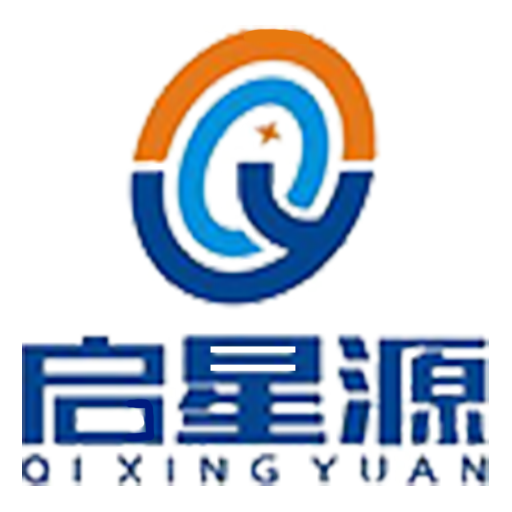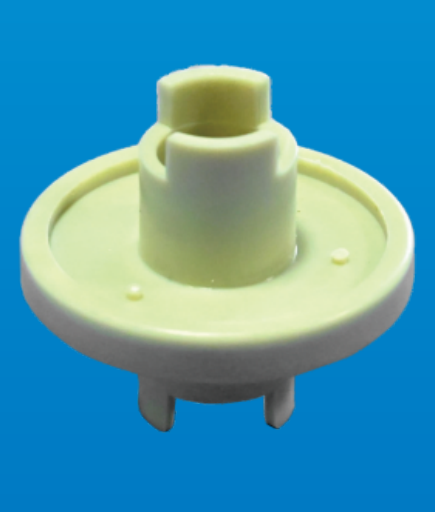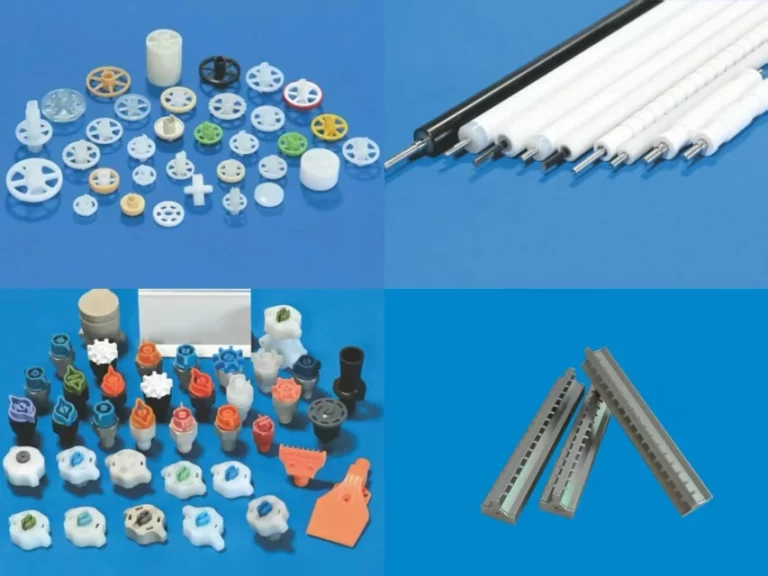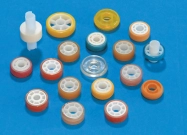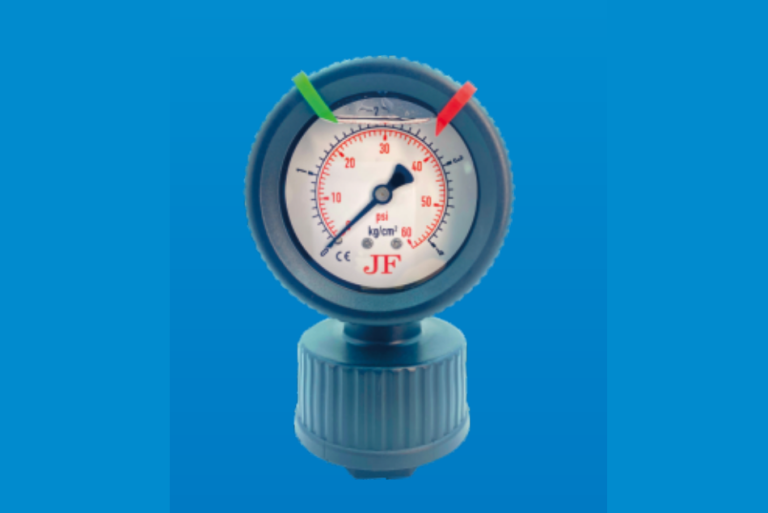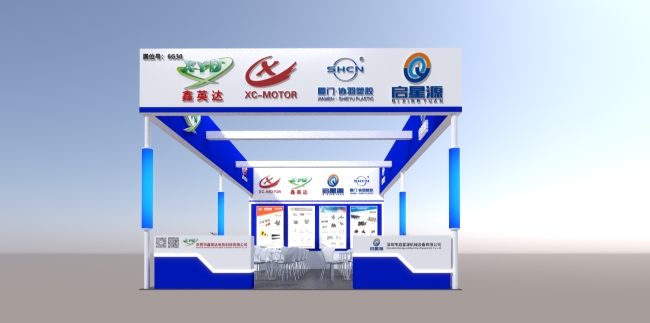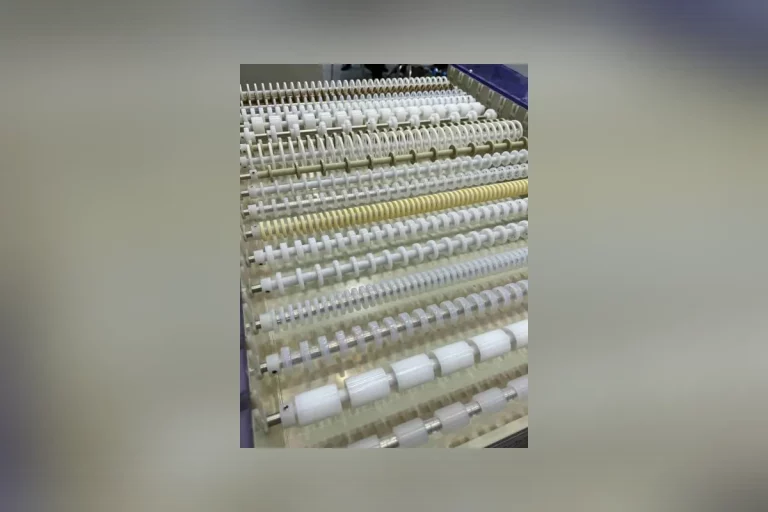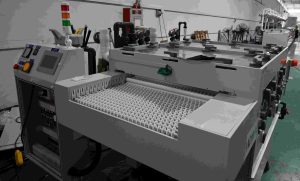
Printed Circuit Board (PCB) etching is a pivotal process in electronics manufacturing, enabling the precise formation of conductive pathways that define circuit functionality. Understanding its foundational principles is essential for professionals aiming to optimize design accuracy, production efficiency, and product reliability.
Definition and Purpose of PCB Etching in Circuit Board Fabrication
PCB etching refers to the controlled removal of unwanted copper from a laminated substrate to create desired circuit patterns. The process follows photolithography or direct imaging, where a resist mask defines areas to remain conductive. Etching ensures that only the necessary copper traces remain, forming interconnections for electronic components.
Applications: Pre-treatment and pre-etching cleaning in PCB cleaning lines. This cleaning step is critical before etching, as contaminants can compromise resist adhesion and pattern fidelity.
The Role of Etching in Achieving Circuit Pattern Accuracy
Etching directly influences trace width, spacing, and overall dimensional integrity. Accurate etching ensures signal integrity, impedance control, and compliance with design rules—especially important in high-speed or RF circuits. Deviations due to over-etching or under-etching can lead to open circuits or short connections.
Chemical vs. Mechanical Etching: A Comparative Overview
Chemical etching utilizes acid or alkaline solutions to dissolve exposed copper selectively. It offers superior uniformity and scalability for multilayer PCBs. In contrast, mechanical methods like milling are suitable for prototyping but lack precision at micron-scale features. Chemical techniques dominate high-volume production due to their repeatability and compatibility with automation.
How Do Different PCB Etching Methods Operate?
The choice of etching method significantly impacts throughput, resolution capability, cost structure, and environmental management strategies within PCB fabrication lines.
Acidic Etching Techniques for Copper Removal
Acidic etchants such as ferric chloride or cupric chloride are widely used for inner layer processing. These solutions oxidize exposed copper into soluble salts. Acidic systems are generally slower than alkaline ones but offer better undercut control—making them ideal for fine-line work on inner layers.
Process control involves maintaining redox potential and replenishing oxidizers. Contaminants from resist residues must be removed during pre-treatment and pre-etching cleaning in PCB cleaning lines to avoid localized attack or uneven etch rates.
Alkaline Etching Techniques and Their Advantages
Alkaline ammonia-based etchants excel in outer-layer applications using positive photoresist patterns. They provide higher etch rates and better performance on horizontal processing lines due to their reduced viscosity and efficient fluid dynamics.
Advantages include sharper edge profiles at high line densities (>100 µm), easier regeneration via air oxidation systems, and compatibility with automated monitoring tools for bath control.
Plasma and Laser Etching in Advanced Applications
For HDI (High-Density Interconnect) structures or microvia formation, plasma etching offers anisotropic removal without chemical waste streams. Laser ablation is used for ultra-fine features below 50 µm where traditional wet methods fall short. These dry processes are capital-intensive but indispensable in advanced packaging technologies like IC substrates.
What Factors Influence the Precision of PCB Etching?
Precision in PCB etching is governed by material selection, chemical stability, thermal conditions, fluid mechanics, and lithographic quality—all contributing to yield consistency.
Importance of Resist Materials and Application Techniques
Photoresist performance dictates how well copper areas are protected during exposure to etchants. Parameters such as adhesion strength, resolution capability, chemical resistance, and development uniformity affect final trace quality. Improper lamination or exposure leads to pattern deformation or pinholes that invite over-etching.
Applications: Pre-treatment and pre-etching cleaning in PCB cleaning lines also play a role here by ensuring optimal surface energy conditions for resist bonding.
Temperature, Concentration, and Flow Control in Wet Processing
Etch rate varies with temperature; higher temperatures accelerate reactions but risk excessive undercutting if not balanced with flow rate optimization. Maintaining consistent solution concentration through inline sensors prevents batch-to-batch variability. Agitation mechanisms ensure uniform exposure across panel surfaces—especially vital in horizontal spray chambers.
Line Width Control and Undercut Minimization Strategies
Undercutting occurs when lateral etch exceeds vertical penetration under resist edges—compromising trace geometry. Process engineers mitigate this by optimizing dwell time versus spray pressure ratios while selecting low-undercut chemistries for fine-pitch designs.
Why Is Equipment Selection Critical for Consistent PCB Etching Results?
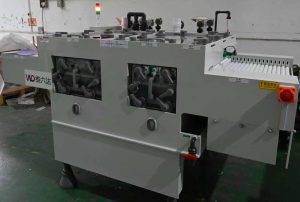
The quality of equipment directly affects throughput efficiency, defect rates, chemical utilization efficiency, operator safety standards—and ultimately ROI across fabrication operations.
Key Features of Horizontal Wet Processing Lines
Horizontal lines offer superior uniformity compared to vertical immersion tanks due to controlled spray dynamics across moving substrates. Features such as segmented zones (cleaning/etch/rinse), adjustable nozzle angles, real-time temperature controls, and exhaust management contribute to stable outcomes over long production cycles.
Applications: Pre-treatment and pre-etching cleaning in PCB cleaning lines are integrated into these systems as modular stages tailored per board type or layer count requirements.
Automation and Monitoring Technologies in Modern Equipment
Modern lines incorporate SCADA-based interfaces allowing real-time tracking of parameters such as pH levels, redox potential (ORP), flow velocity per zone segment—and issue alerts when thresholds deviate from setpoints. Automated dosing units maintain bath composition without manual intervention while reducing operator exposure risks.
What Are Common Challenges Encountered During PCB Etching?
Despite technological advancements, several recurring issues must be proactively managed to maintain yield targets across varying board complexities.
Issues Related to Over-Etching and Under-Etching
Over-etching leads to narrowed traces susceptible to current overloads; under-etching results in shorts due to residual copper bridges. Causes include improper resist coverage, expired chemistry batches, inconsistent panel feed speeds—or worn-out spray nozzles leading to non-uniform impingement profiles.
Contamination Control in Chemical Baths
Foreign particles—like stripped resist fragments or oxide residues—can alter local pH levels or block fluid paths causing uneven removal rates across the board surface. Applications: Pre-treatment and pre-etching cleaning in PCB cleaning lines help reduce initial contamination loads entering the system but must be supplemented with regular filtration protocols within each bath module.
Maintenance Requirements for Long-Term Process Stability
Pumps degrade under corrosive loads; seals swell; heaters scale up—all impacting process consistency if left unchecked. Scheduled maintenance intervals based on equipment usage hours are crucial alongside part replacements using corrosion-resistant materials like PTFE-lined fittings or ceramic shafts when applicable.
How Can Process Optimization Improve Yield in PCB Etching?
Yield enhancement depends not only on chemistry but also on intelligent integration between hardware systems, feedback loops, software controls—and operator training protocols aligned with statistical process control (SPC).
Inline Process Monitoring Tools for Real-Time Adjustment
Optical sensors detect panel positioning accuracy while spectroscopic probes measure bath clarity or metal ion buildup levels continuously—enabling corrective actions before defects manifest downstream such as open circuits or delaminations post-lamination steps.
Chemical Replenishment Systems to Maintain Bath Integrity
Automated dosing units replenish active agents based on depletion models derived from throughput volume metrics rather than fixed time schedules—ensuring consistent reaction kinetics regardless of lot size variations throughout shifts or product mix changes mid-day production runs.
Integration with CAM Data for Pattern Fidelity
CAM-to-production integration reduces misalignment risks by aligning image transfer processes precisely with mechanical transport axes inside horizontal etchers—especially important when tolerances fall below ±25 µm across multilayer stack-ups involving microvias or impedance-controlled traces requiring strict dimensional matching post-lamination press cycles.
How Does Shenzhen Qixingyuan Machinery Equipment Co., Ltd. Support the PCB Industry?
As global demand grows for miniaturized electronics requiring tighter tolerances at faster cycle times—equipment reliability becomes a strategic differentiator beyond just cost-per-panel metrics alone.
Overview of Product Offerings for Wet Processing Equipment Spares and Parts
Shenzhen Qixingyuan Machinery Equipment Co., Ltd., specializes in high-performance replacement parts designed specifically for horizontal wet processing systems—including spray nozzles optimized for uniform impingement patterns; chemically resistant rollers; filter assemblies; heating modules; pump seals; sensor brackets—and more—all manufactured under strict ISO-compliant protocols ensuring interchangeability without requalification delays during maintenance swaps.
Commitment to Precision Engineering and Reliability in Component Supply
Each component undergoes dimensional verification against CAD master files derived from OEM blueprints—ensuring alignment with original machine tolerances while incorporating material upgrades where applicable (e.g., stainless steel 316L vs 304). This commitment reduces premature wear failures often seen with generic third-party alternatives lacking traceability documentation or fatigue testing certifications under thermal cycling conditions common within acid/alkaline environments alike.
Serving Global Manufacturers with Tailored Solutions
Whether supporting legacy installations requiring discontinued part formats—or customizing new builds involving hybrid dry/wet modules interfaced via PLCs—the company works closely with engineering teams worldwide providing BOM-matched kits aligned with customer-specific line configurations backed by bilingual technical support channels ensuring seamless integration regardless of geography/time zone constraints involved during commissioning phases abroad.
Conclusion
PCB etching remains a cornerstone technology within electronic manufacturing workflows where micron-level precision translates directly into functional reliability at system level performance benchmarks expected today—from consumer gadgets through aerospace-grade avionics alike. As complexity rises so does the need not only for advanced chemistry—but also robust mechanical infrastructure capable of delivering repeatable results every shift cycle without deviation—a goal Shenzhen Qixingyuan Machinery Equipment Co., Ltd., continues supporting globally through its specialized engineering offerings tailored toward modern fabrication challenges.
